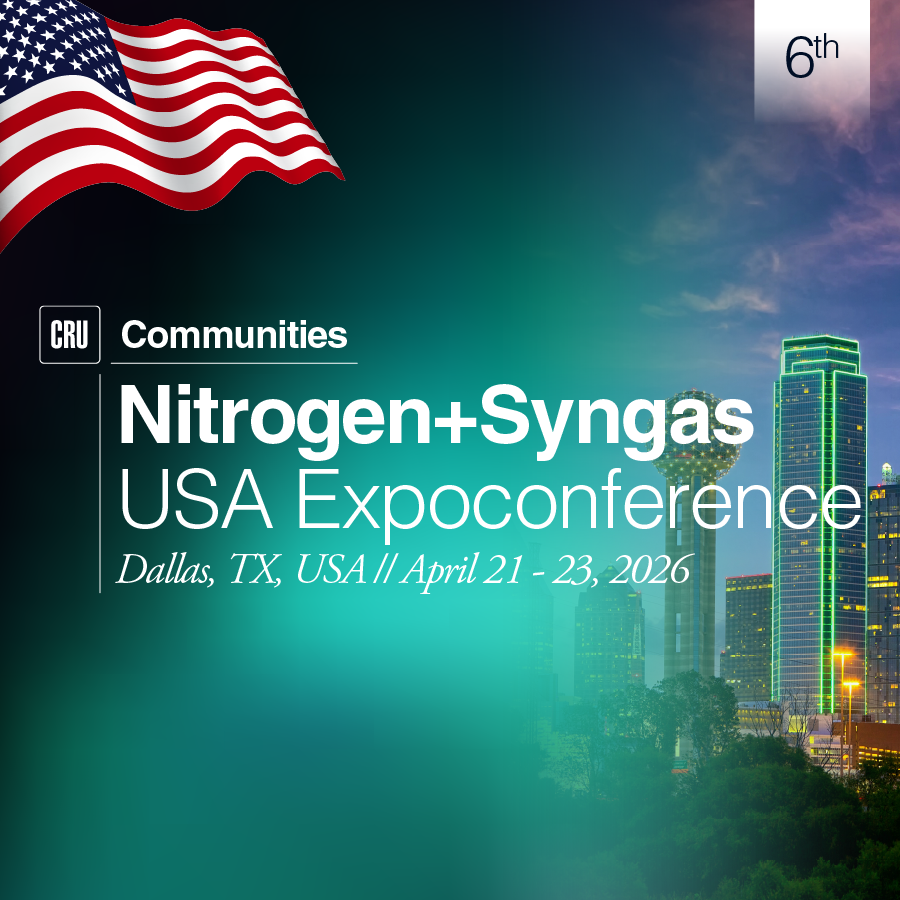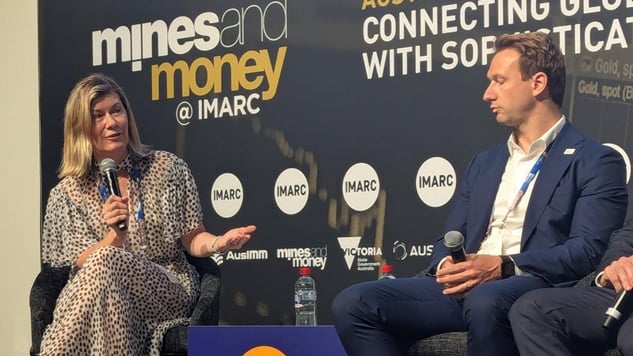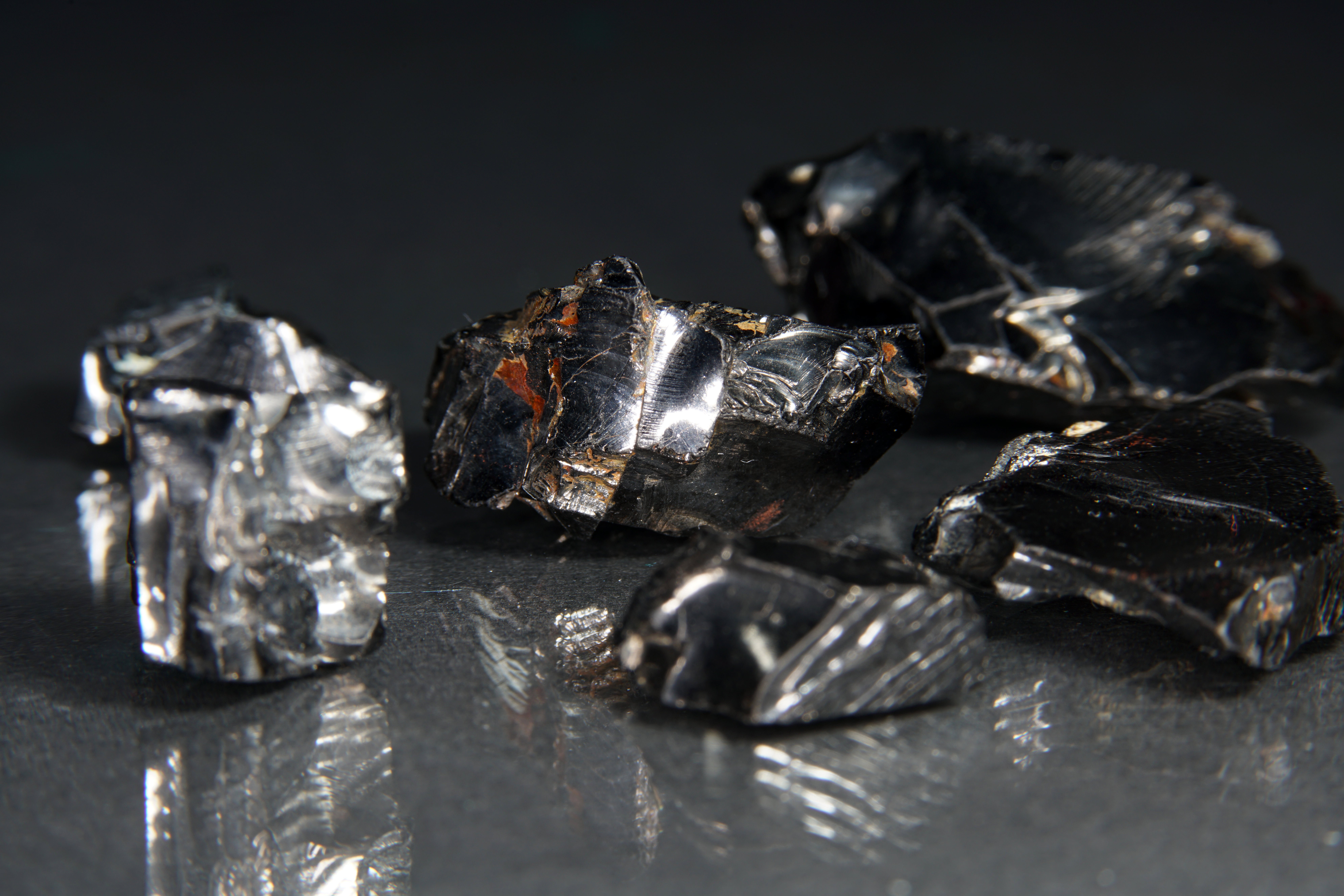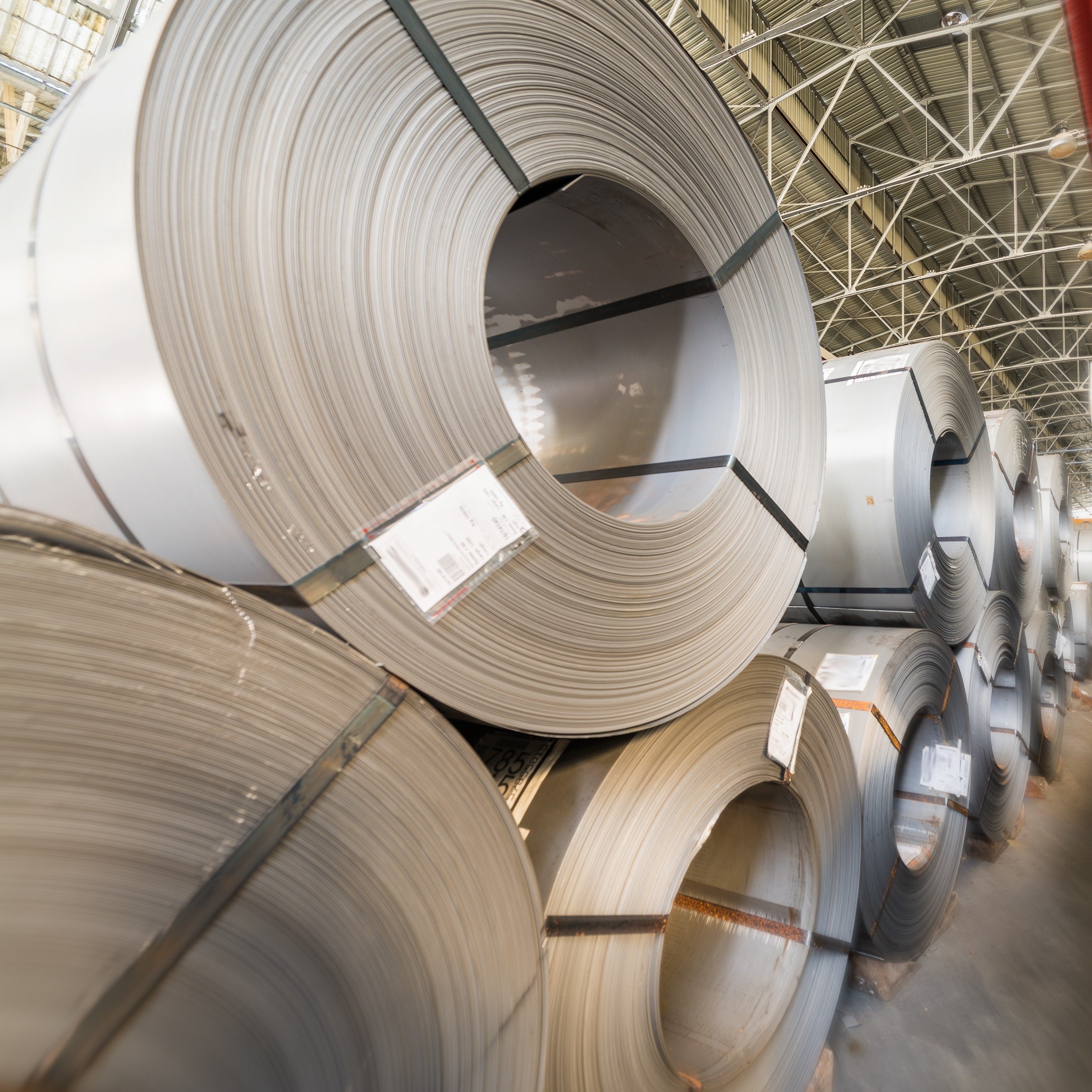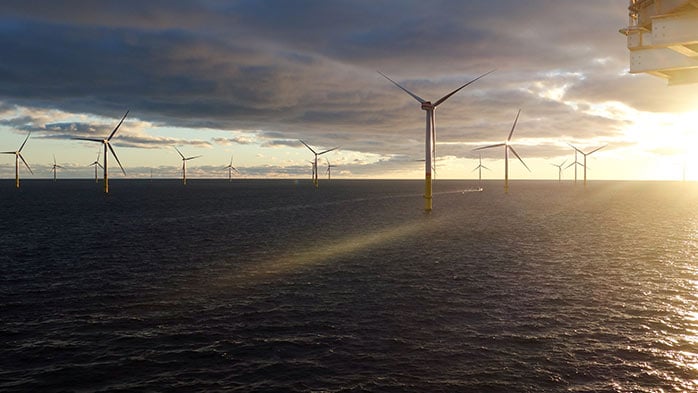Section 232 tariffs will reduce to 25% by this time next year, according to more than half (53%) of attendees surveyed at SMU Steel Summit. The sentiment, captured at the industry’s largest North American gathering, reflects growing frustration over unpredictable trade policy and its impact on steel costs.
“Many steel users understand the national security rationale for steel tariffs, but they also need policy that supports, not hinders, their competitiveness,” said Josh Spoores, Steel Research Principal at CRU.
The poll also revealed that two-thirds (67%) of respondents anticipate major carve-outs or exemptions to Section 232 tariffs in the next year, particularly for products not made in the US or sourced from longstanding allies.
“Supply chains have largely been built around countries that have traditionally been key trading partners and allies of the U.S. There are expectations, therefore, that some form of trade will resume with these countries, featuring lower barriers than what we’re currently experiencing,” adds Josh Spoores.
During the SMU Steel Summit hosted by CRU, more than 1,500 attendees were welcomed from across the steel supply chain, most of whom are dealing with substantially higher steel and regulatory costs due to the recent US tariffs.
When discussions turned towards the North American steel industry, three quarters (75%) of respondents agreed there is room for further consolidation following the US Steel/ Nippon deal. “We still see room for more M&A in the industry, though it’s also likely that there will be some divestment as well,” said Josh Spoores. “In cyclical markets, like steel, history has shown that some of the best operators will not only embrace opportunities to acquire businesses, but also opportunities to strategically sell some assets.”
Notes to Editors
About CRU
CRU offers unrivalled business intelligence on the global metals, mining and fertilizer industries through its unique market analysis, price assessments, emissions analysis, consultancy and events. As a result, CRU delivers customers with a complete view of worldwide commodity markets.
Since its foundation in 1969, CRU has consistently invested in primary research, robust data methodologies and developed expert global teams. As a result of this continued investment and forward-looking approach, CRU provides in-depth market analysis and insights on a wide range of issues, from counsel on macro challenges such as carbon emission reductions and the circular economy, to commodity-specific demand trends and regulations. This holistic offering delivers customers access to trusted and objective data analysis for transparent decision making, alongside support on their path to sustainability and decarbonisation.
Today, CRU employs over 380 experts across 14 offices in locations, including Europe, the Americas, Asia, and Australia.





